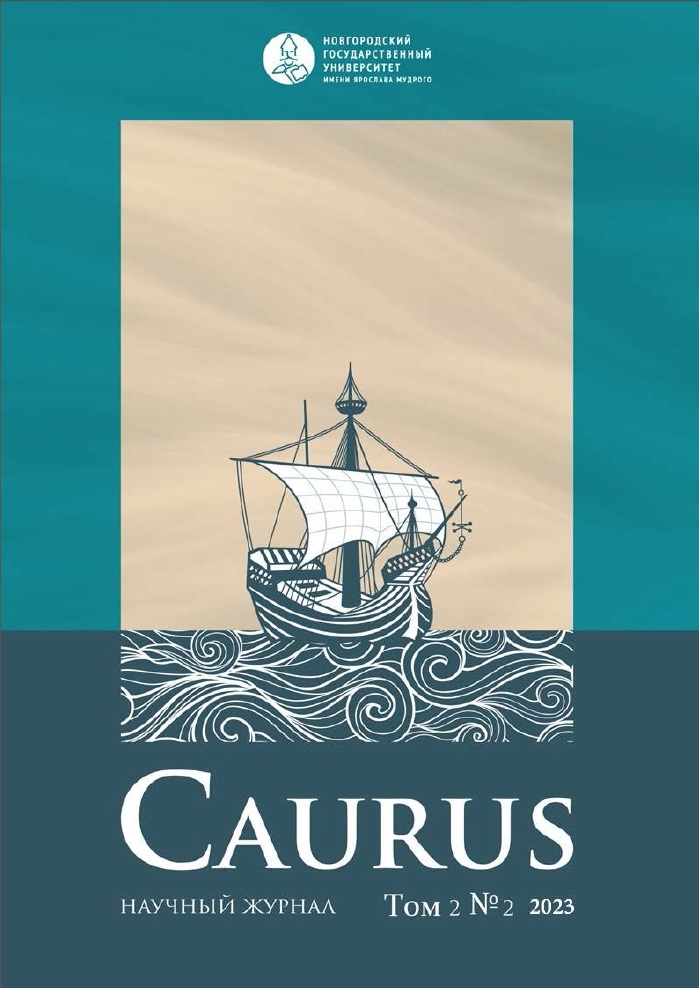Oath of Hanseatic Merchants from Lubeck Archive Ruthenica Collection
DOI:
https://doi.org/10.34680/Caurus-2023-2(2)-107-116Keywords:
Russian bridge, Hansa, Riga, Russian-Hanseatic trade, trade lawAbstract
The article presents two versions of the oath of the Hanseaticians who traded with Russian merchants on the Russian bridge in Riga in 1583. The Russian Bridge was the name given to the area of compact residence of merchants who participated in the transit trade of Russian goods, and the place of their sale within the city. Like the German court in Bergen, Norway, this quarter had its own legal norms, in the regime of which the text of the oath was formulated. Its content reflects, first, the destruction process of the traditional Hanseatic network trade cooperation, the system of agency, lending, capital sharing and then the transition to individual entrepreneurship, which was carried out with the assistance of the city authorities.







